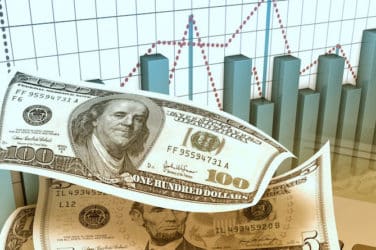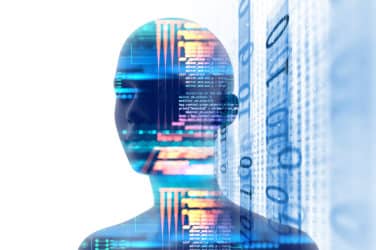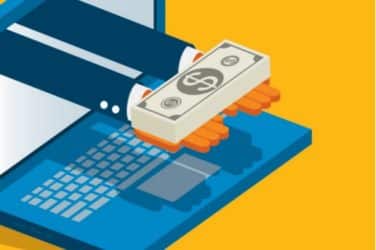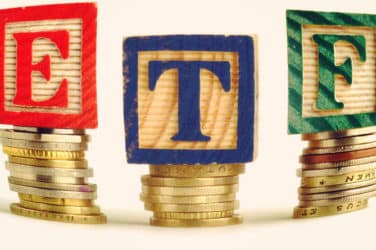
Research provider Morningstar recently introduced a quantitative equity rating generated by a machine learning statistical model that tries to replicate the results produced by a human analyst.
Lee Davidson, head of quantitative research, and Zurab Margvelashvili, a quantitative performance analyst, wrote in the August/September 2016 issue of Morningstar magazine that the firm has approximately 120 equity and credit analysts, who cover about 1,700 equities, and produce a Morningstar Rating for Stocks.
“To complement our analysts’ work and extend the coverage universe, Morningstar recently introduced the Morningstar Quantitative Equity Rating – a forward-looking measure that is generated by a machine learning statistical model that attempts to produce ratings and statistics that would have been produced by Morningstar analysts,” said the article.
The machine learning algorithm, called random forest, has increased Morningstar’s coverage to 50,000 companies in 86 countries that trade on 64 exchanges. “The ratings provide additional benefits, including the ability to analyse portfolios by aggregating data and providing daily history to track changes over time,” they wrote.
Davidson and Margvelashvili analysed how well the quantitive rating forecast future performance and said it provides very strong sorting power, especially as the holding period lengthens. “The Morningstar Quantitative Equity Rating is an effective long-term investment signal. It has shown an ability to predict future stock returns with modest success, especially after accounting for well-known risk factors,” they added.
The changing nature of research within investment banks was highlighted in a report last month from analysts at Bank of America Merrill Lynch which was cited by Business Insider.
The note said: “A decade ago, the main tools of the average analyst were Excel, Word, email, PDFs, Bloomberg chat, and a phone. Today, these are pretty much the same.”
The analysts added that using non-traditional sources of information would add value for clients.
“Working in excel and forecasting company accounts could theoretically be automated as machine learning develops further,” added the note. “Any correlations between (say) trading volumes and equities revenues, or consumer confidence and retail sales, could be monitored by a machine, just as well as by a human.”
The value of research is being increasingly scrutinised as regulators push to unbundle payments for research from trading commissions. MiFID II, new regulations in the European Union from 2018, requires asset managers to either pay for research themselves out of their own revenues or set up research accounts for clients with agreed budgets, and to evaluate the quality of research that they purchase.
This week BNP Paribas Investment Partners said it has implemented software from Commcise to manage research commissions.
Commcise said in a statement that the project involved migrating historic voting data and established desk-level commission sharing arrangement balances allowing more granular management by the fund managers and the CSA team.
“BNPP IP also benefits from a single integrated process for consistent broker voting, research evaluation (with integrated service history / consumption data being made available to each voter) and research budgeting across all fund management and trading desks, on a global basis,” added Commcise.
More on research:






